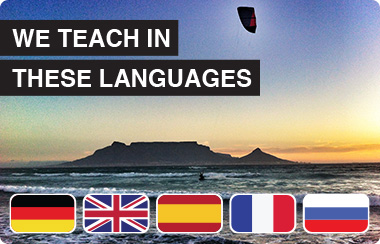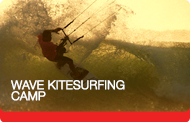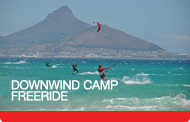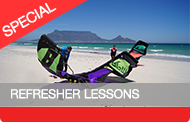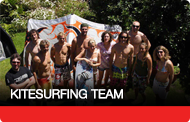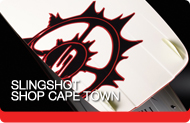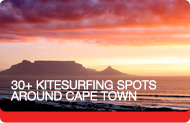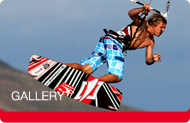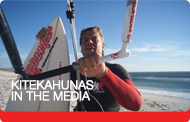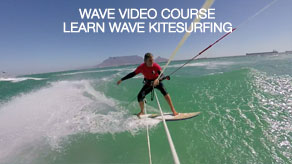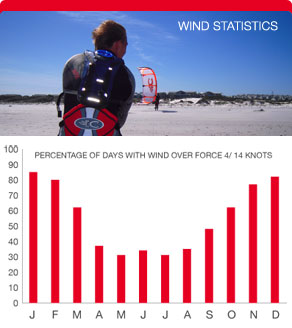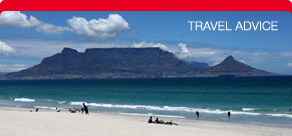It is always difficult to answer this question although also here size does matter.
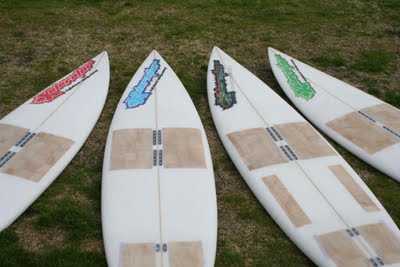
Choosing the right Kite waveboard depends on so many different factors and let’s not forget personal preference either.
Let’s have a look what the basics are to take into consideration when next time you are considering a new board before we will have a look at the different shapes.
#1 What size surfboard?
The first step is choosing the right size; a good rule of thumb is to get a board 2” longer than yourself. In case you are a very big guy you either get a board with a bit more volume or a touch longer.
#2 Riding style?
This is arguably one of the most if not the most important factor in determining what waveboard you need.
If you ride with a lot of power in the kite and with a lot of speed you will need a board that allows for higher speeds. If you ride unhooked/strapless you will use a board that is not as fast and will generate a lot more drive of the wave.
#3 Riding conditions?
Riding in onshore conditions or cross/cross offshore conditions makes a big difference in the riding characteristics of the board. In onshore conditions you like a board that picks up speed easily, goes upwind well and maintains drive through the turn. In side shore you don’t have to worry that much about going upwind and it is a lot easier to pick up speed. Therefore you want the board to ride rail to rail and is able to drive tight turns and goes as vertical as possible.
Ok now we have figured out the basics let’s go into a little more detail and see if we can translate the earlier mentioned different characteristic into some more technical aspects of the final shape of the board.
Rocker
In basic terms, the amount of rocker will have the largest impact on the planning, speed, and turning of the board, where a lot of tail rocker will allow the board to snap more easily off the top and drive a tighter bottom turn. Less rocker will improve the planning speed and the ability for the board to carry speed through a turn, (which is very important in onshore), along with improved upwind ability.

Bottom shape
The bottom shape should be viewed more from the point of how it is changing the rocker of the board, and to a certain degree, how it is affecting water-flow. Designing V in the board basically increases the overall rocker, whereas adding a single concave would reduce the overall rocker.

When it comes to water-flow, the V allows the board to roll consistently from rail to rail and soak up chop, while a single concave will keep the board loose and contributes to the snappy feel.
Linking the bottom shape back to #2 Riding styles If you ride with a lot of power in the kite and a lot of speed a double concave into V will help to soak up the chop and gives a more precise transition from the heel-side to toe-side rail in high speed bottom turns.
For the more surfstyle way of riding whether it is unhooked or hooked in a deep single concave will give the board a loose and snappy feeling.
Rail
Thickness and release are the two main aspects of the rail. Although there is a lot of debate around the finer details of rail shapes, a thicker rail is going to allow you to keep your drive at lower speeds, and a thinner rail can be driven harder through a turn, sitting deeper in the water.
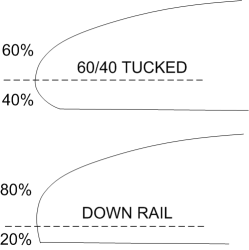
I do think rails can be too thin and this results in a board that sits too deep in the water when bottom turning, similar to driving a bottom turn with too much front foot pressure and having the board dig in and lose drive.
Our faster boards have slightly thinner rails so the boards can be driven very hard through the bottom turn. Our more surfstyle oriented boards have a slightly thicker rail to compensate for the lack of speed and provide more drive through the rails.
Fin Configuration
The biggest consideration with fins is the overall centre of drive in relation to the rider. If you have the fins further apart (back to front) the board becomes stiffer (to a point). Closer to each other loosens the board up. Larger fins in the front tend to loosen the board up, which is ideal in smaller waves. For more information about fins: http://www.futuresfins.com/fin-school.php
Flex
Surfers don’t like the wind and the kiters need the wind essentially this means that when you are kiting there is wind, when there is wind there is chop... If a kite surfboard has the ability to flex it will absorb the chop and ultimately will improve control, this is more important for kiting then it is for surfing as the speed when kiting is a lot higher then with normal surfing.
By utilizing the flex in the board you will also be able to generate more drive out of the board when on the wave as the boards naturally will adapt to the changing conditions. The boards with either a wood/bamboo or a pvc foam sandwich look good but will have very little flex due to this stiff sandwich construction. Therefore we only use the sandwich construction where it is absolutely necessary on the high impact areas like the heel sections. http://www.youtube.com/watch?v=sdceo_0YUmc

I hope this provided you with some useful information will help you deciding what will be the best board for you. Published by Xelerator Kitesurfing.
Complicated well no it’s just one click with the mouse and your board is being shaped ....
You can purchase your board at KITEKAHUNAS during your Wave Kitesurfing Camp in Cape Town with our competent and independent. Kitesurfing boards are less expensive in South Africa than in Europe or America and in addition our students qualify for a discount. So it pays off to purchase your wave kitesurfing board in South Africa with KITEKAHUNAS. With these savings you will basically get a part of your Kitesurfing Wave Camp for free! We offer new and second hand wave boards. We have lowest price guarantee - money back if you present us a lower offer!
 Download Kite size recommendation and Price List
Download Kite size recommendation and Price List
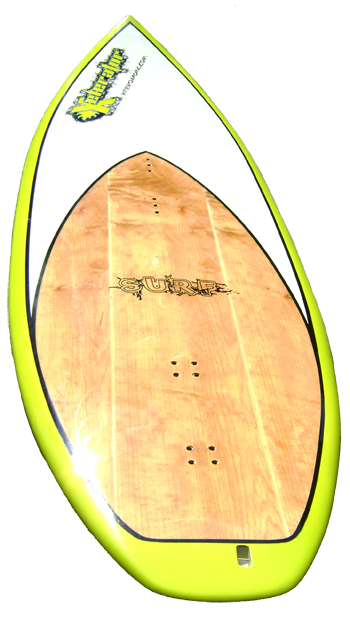
 English
English Deutsch
Deutsch












